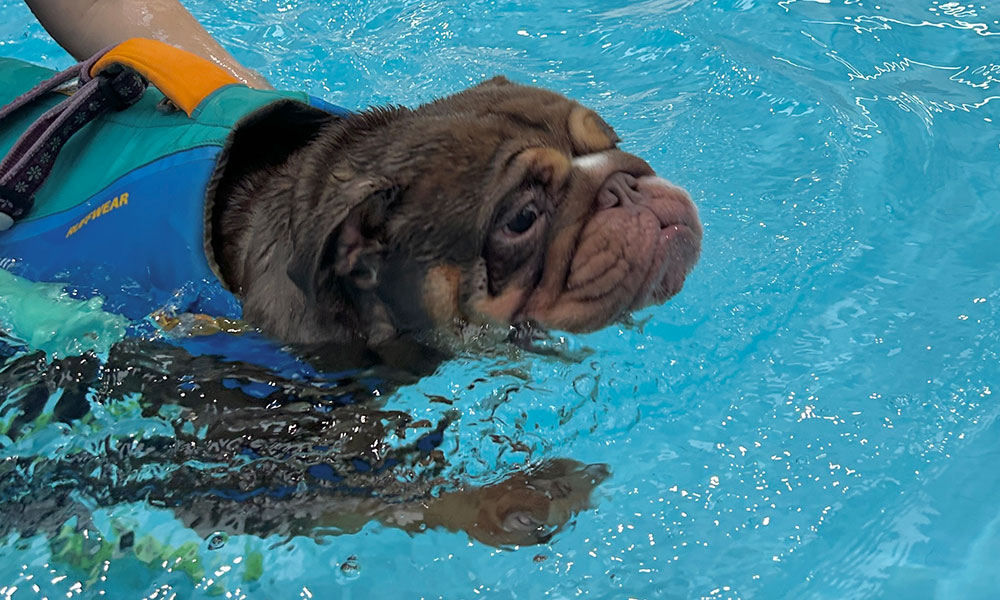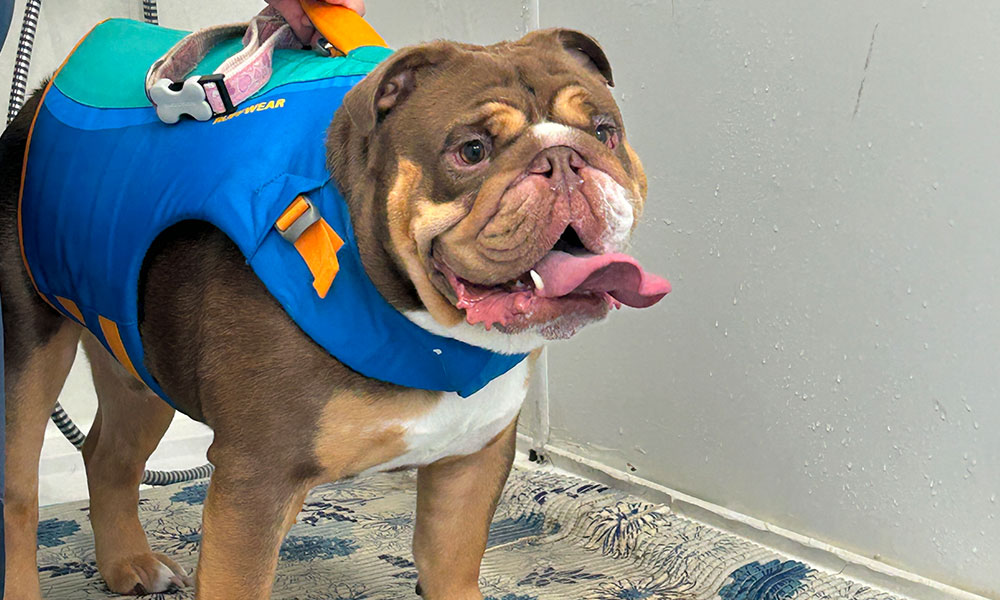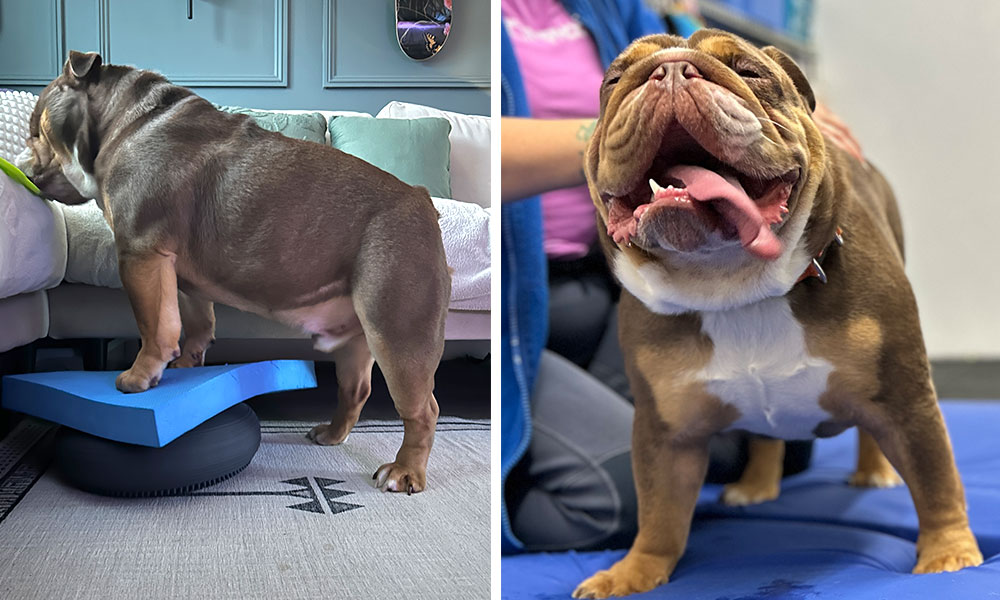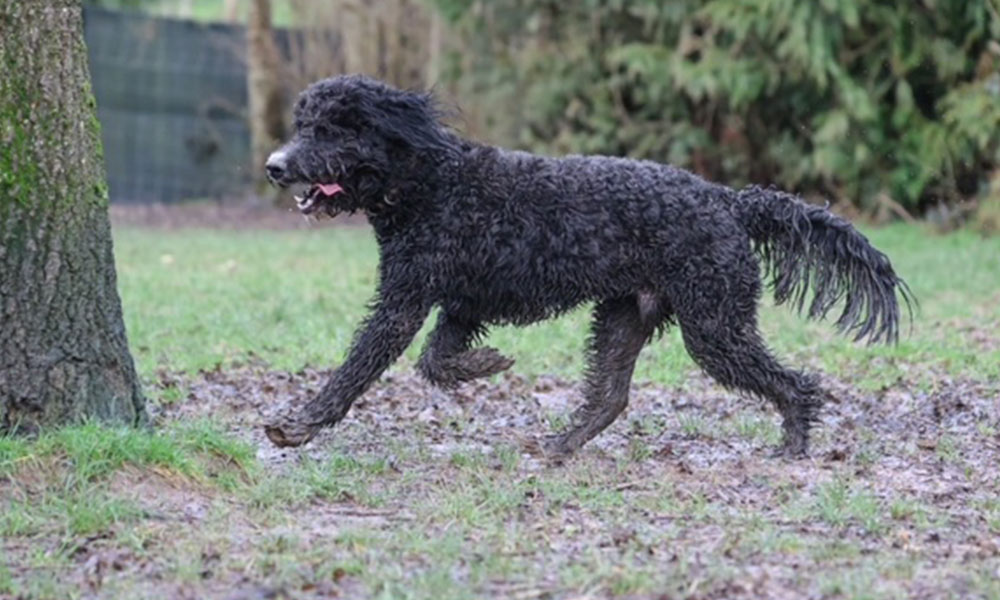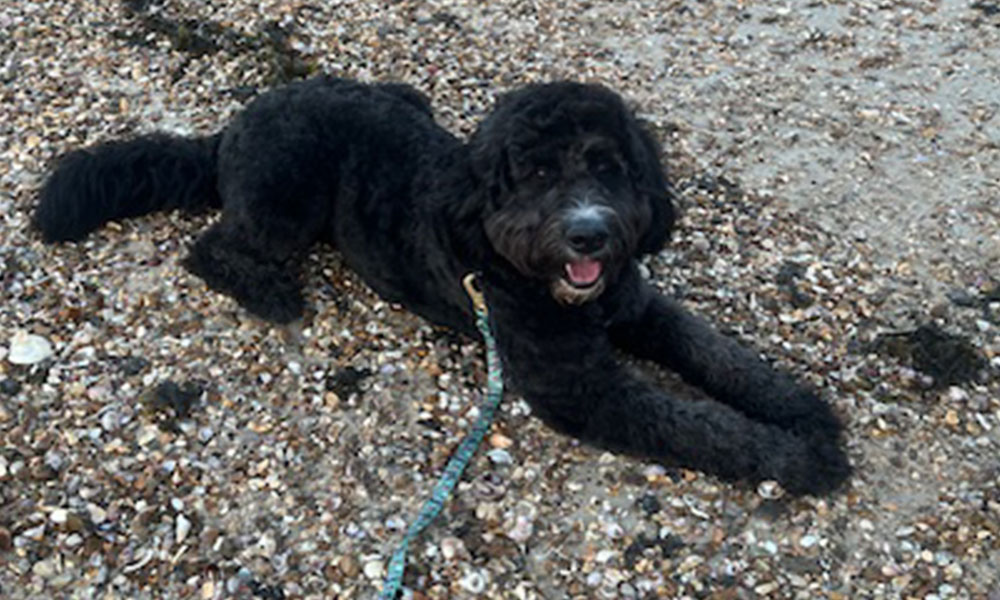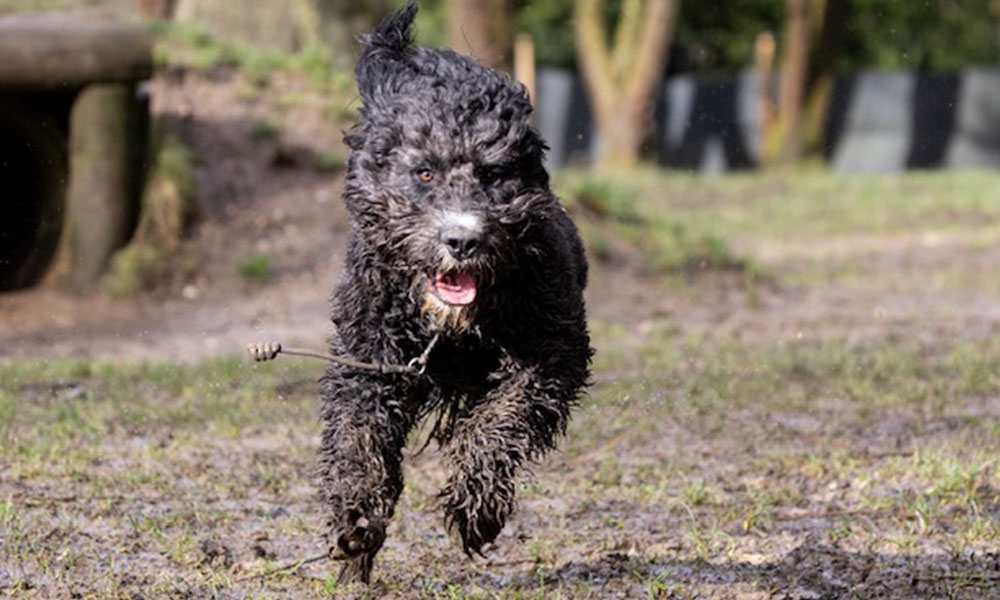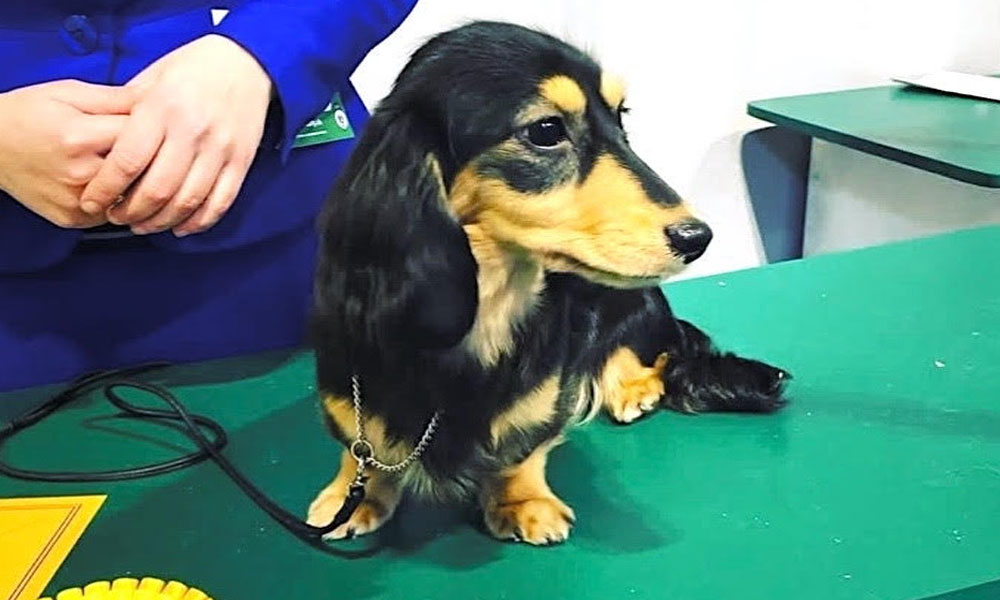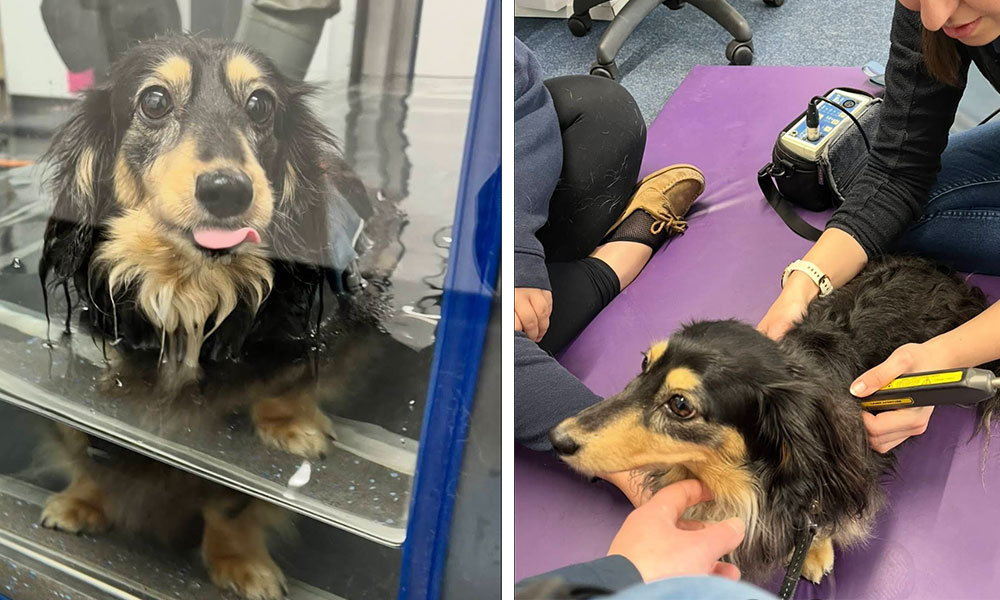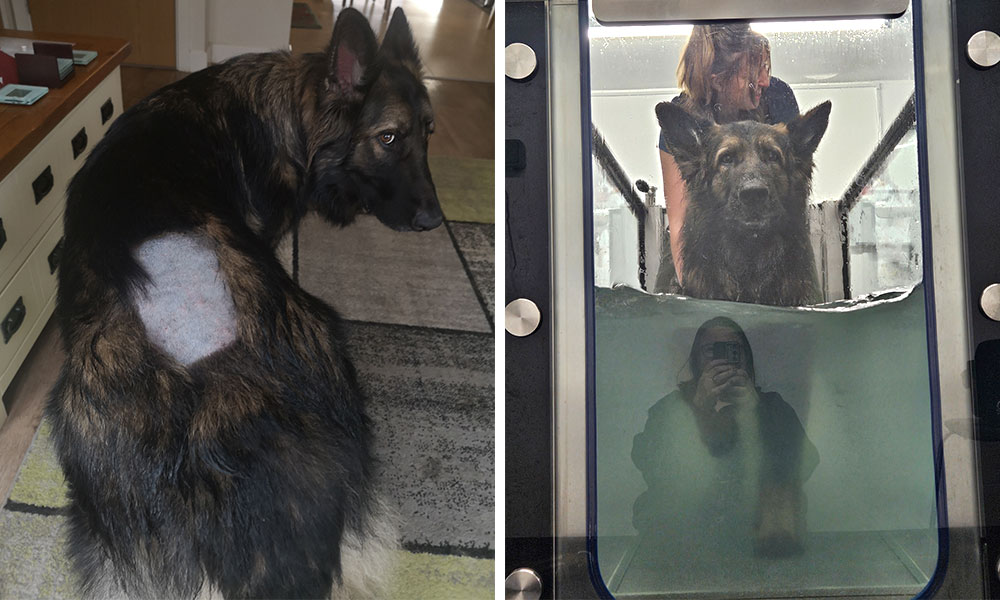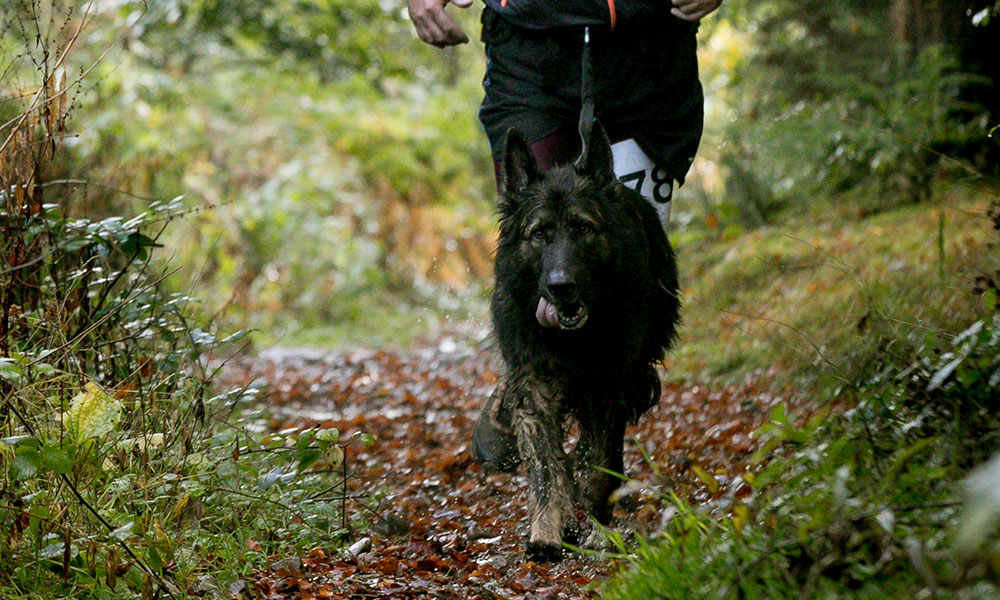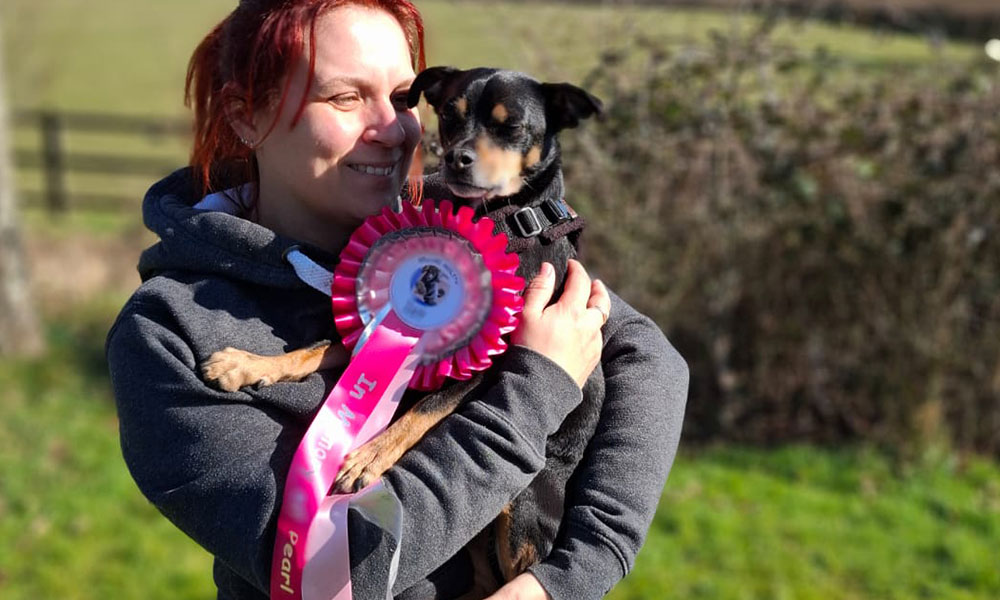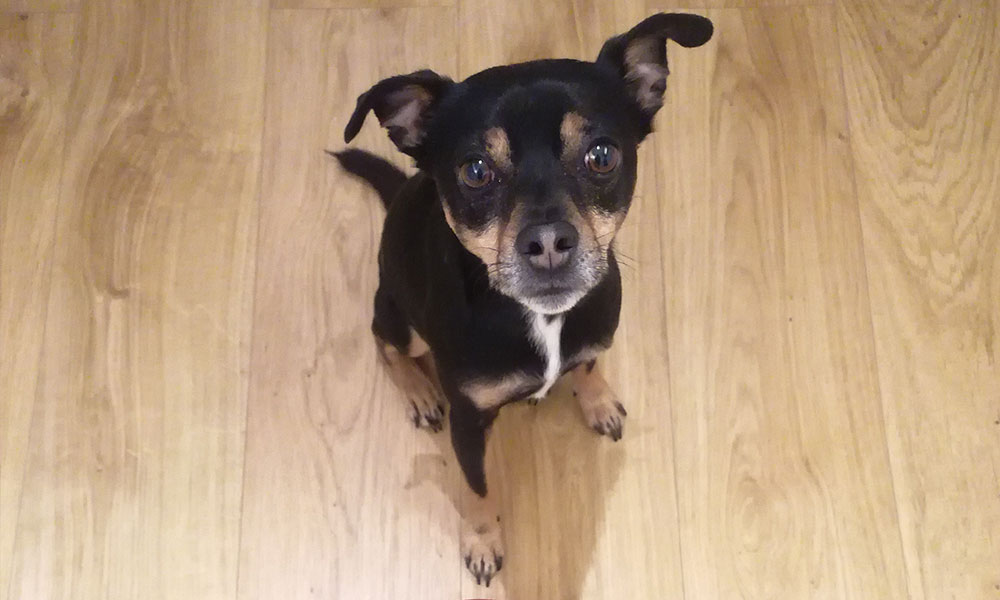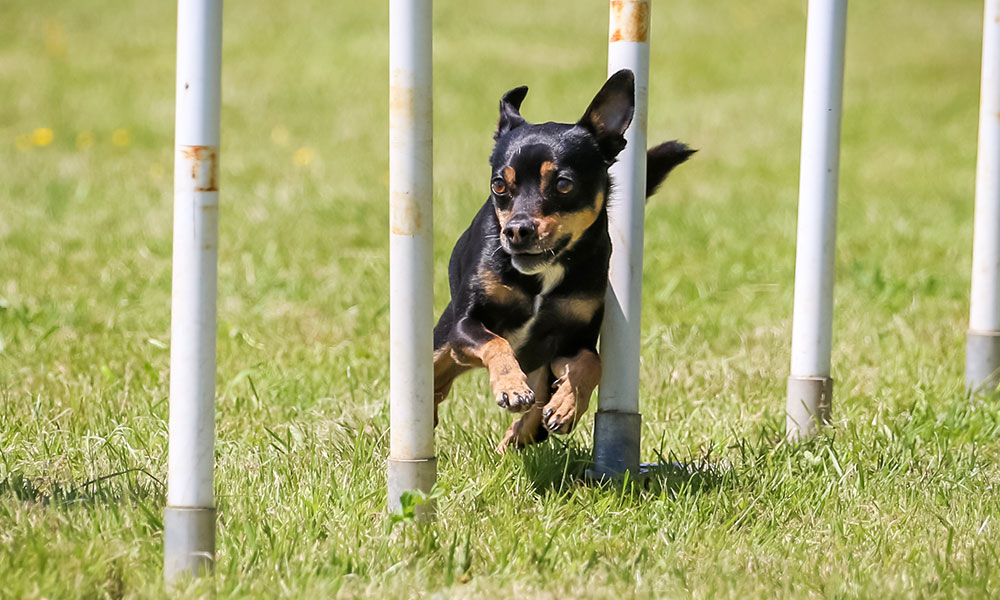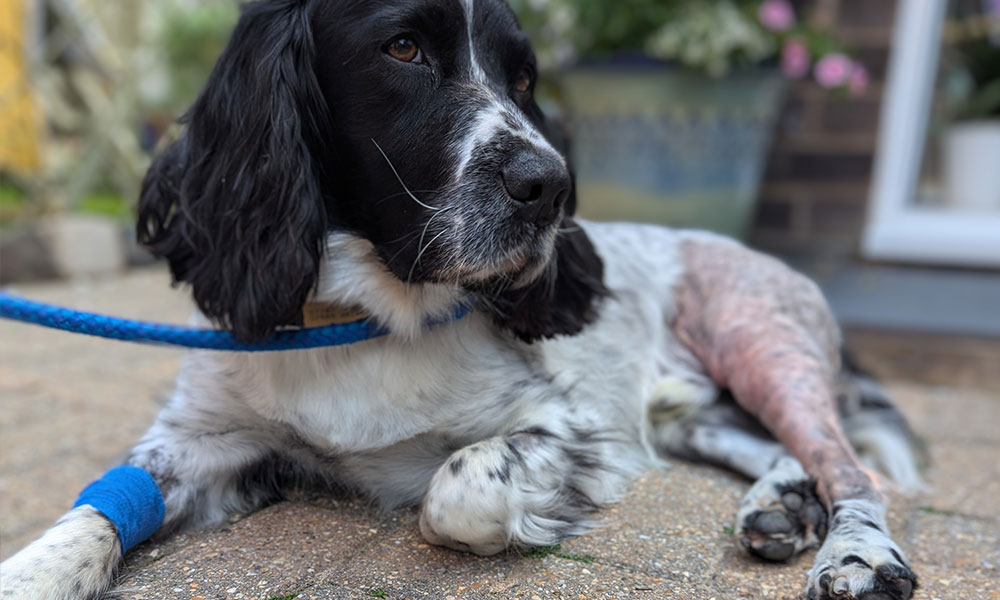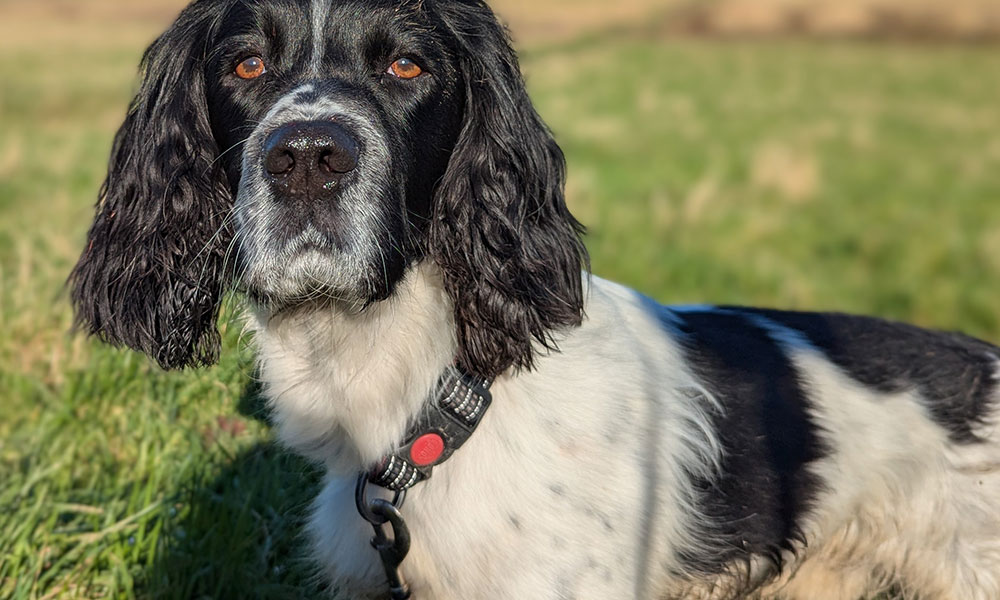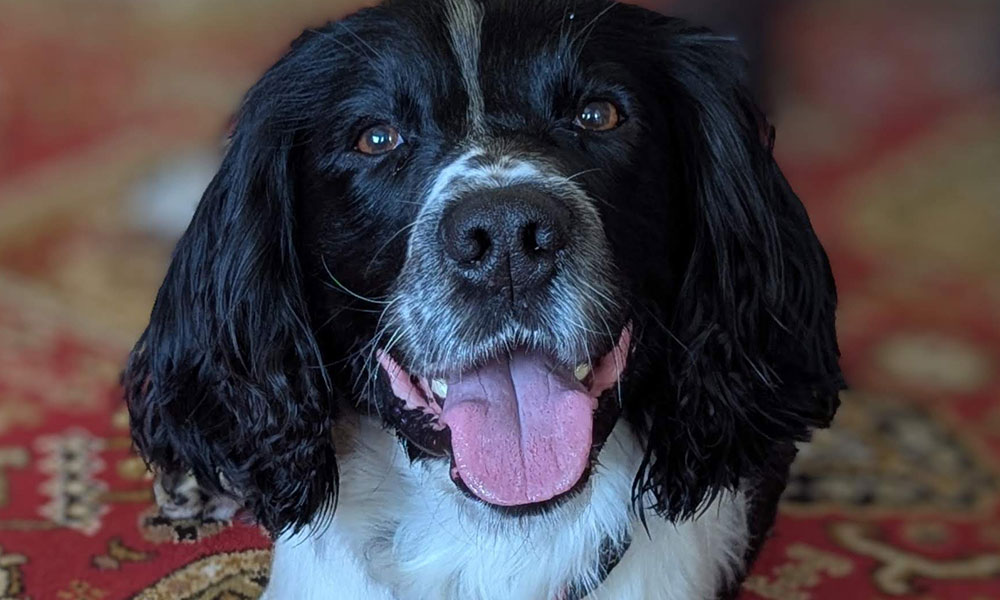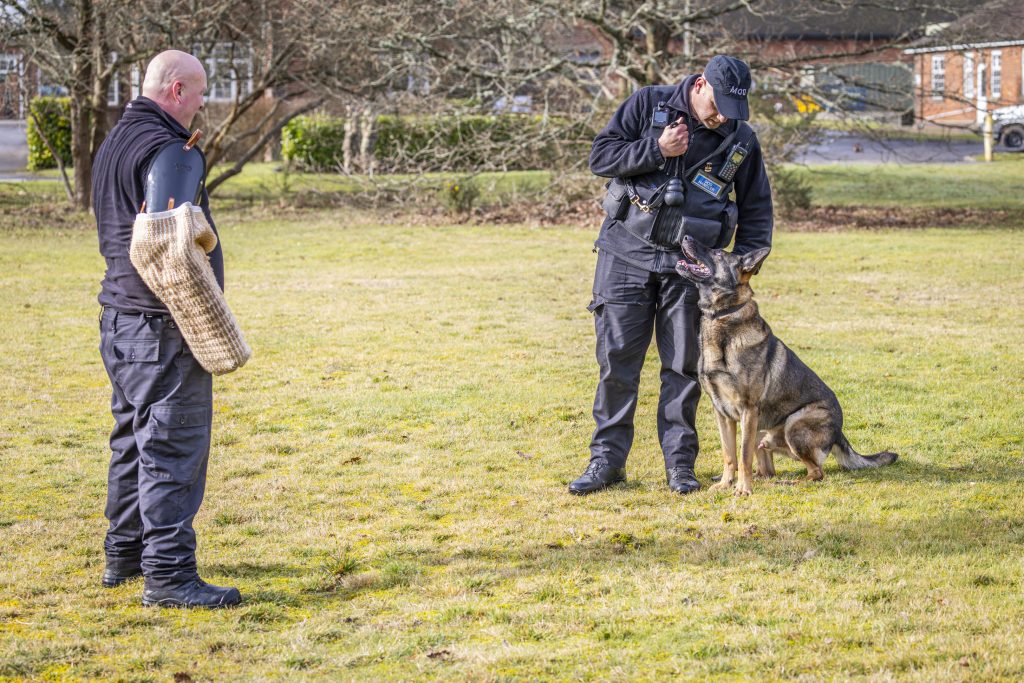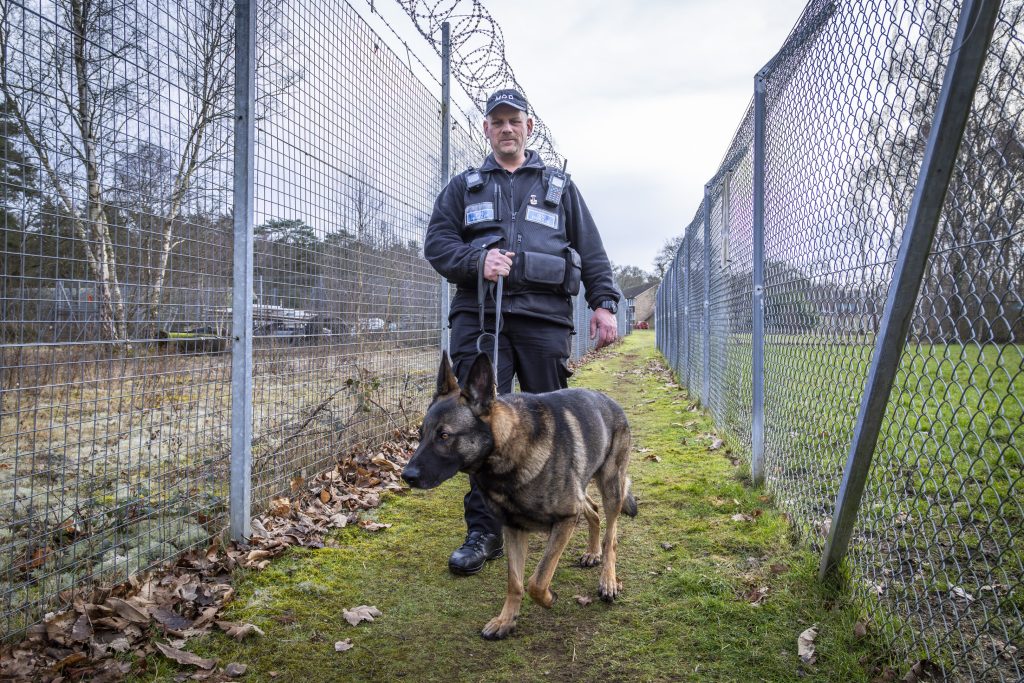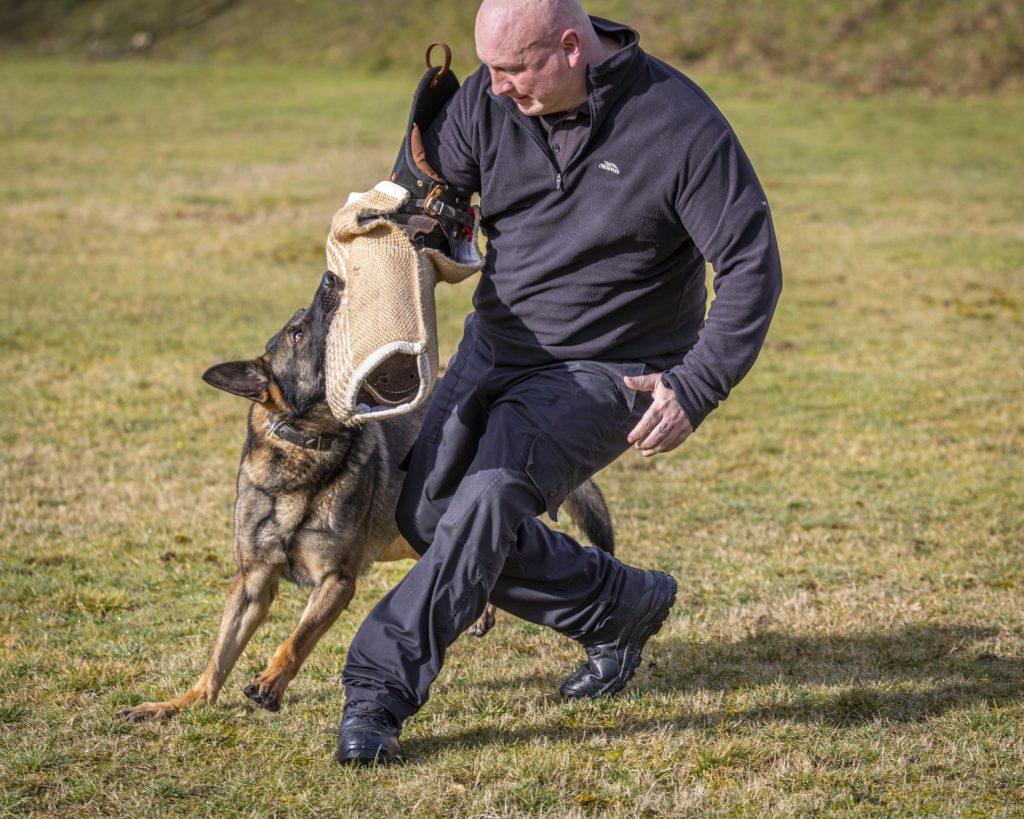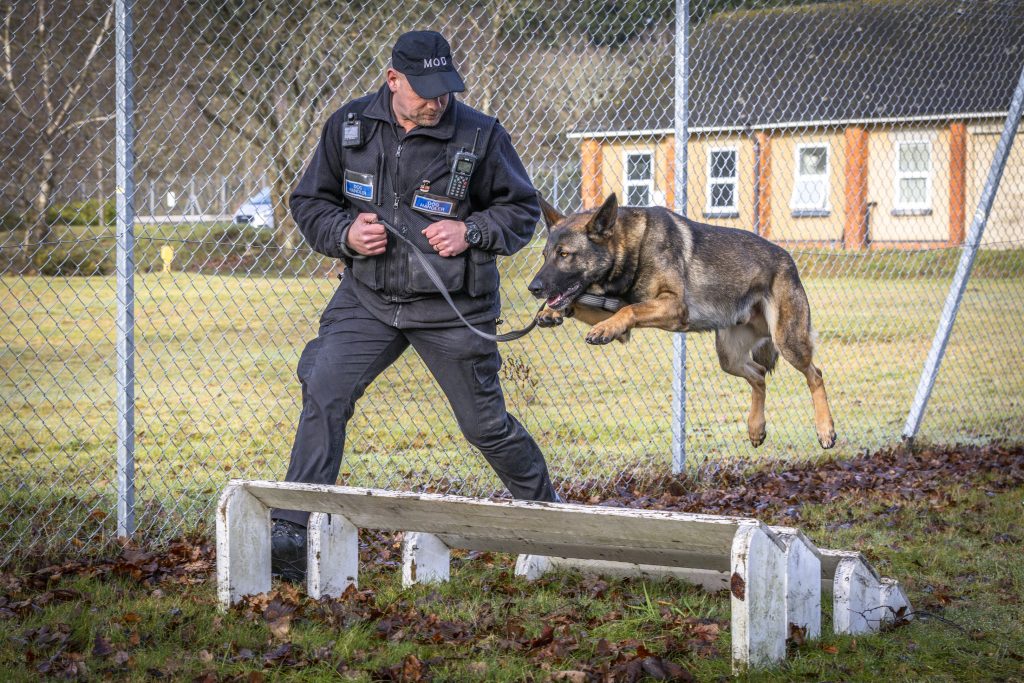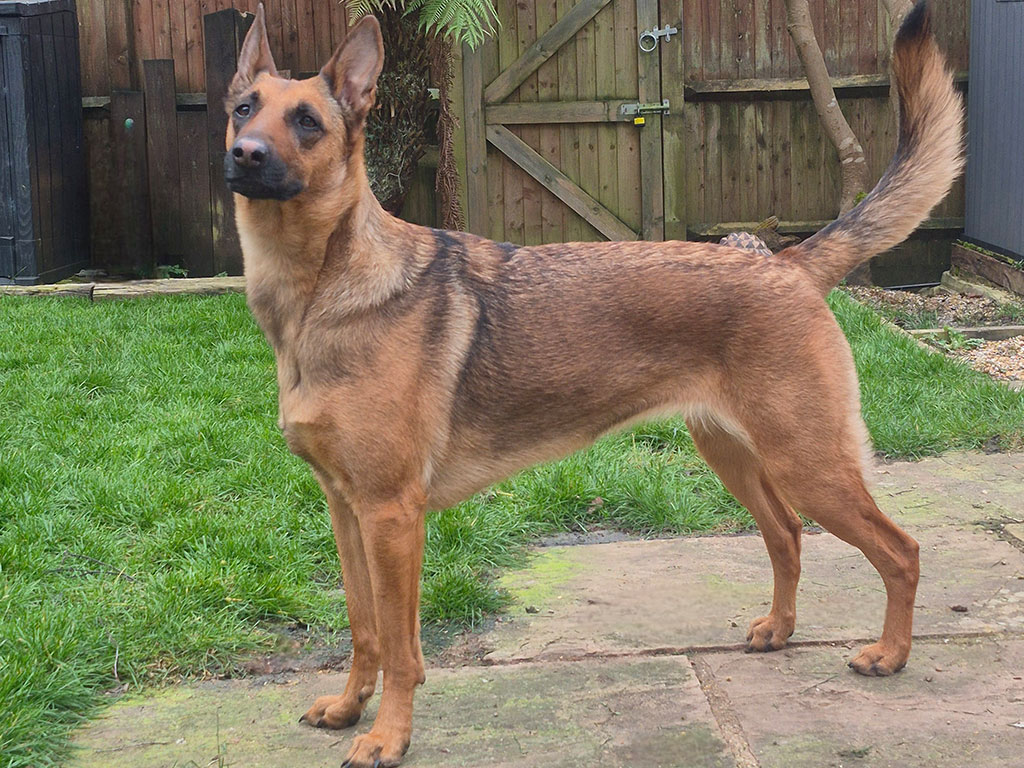
Luna is a bright, bouncy, and determined two-year-old Belgian Malinois who’s turned personal challenge into public inspiration. Her story is one of incredible resilience, commitment to rehabilitation, and the powerful bond between a dog and her dedicated humans. From a life-altering injury at just 19 weeks old to becoming a confident swimmer and a shining example of hydrotherapy success—Luna’s journey is nothing short of remarkable.
A Challenging Start
While playing with another dog as a puppy, Luna sustained a severe break to the ball-and-socket joint in her right hind leg. Initial surgery to pin the break was unfortunately unsuccessful, and at just 7 months old, she was too young for a full hip replacement. Instead, her specialist team opted for a Femoral Head Ostectomy (FHO)—a surgical procedure that removes the damaged part of the joint to reduce pain while maintaining mobility.
This decision came with a plan: commit to rehabilitation to give Luna the best possible outcome, while preserving the option of a total hip replacement in the future.
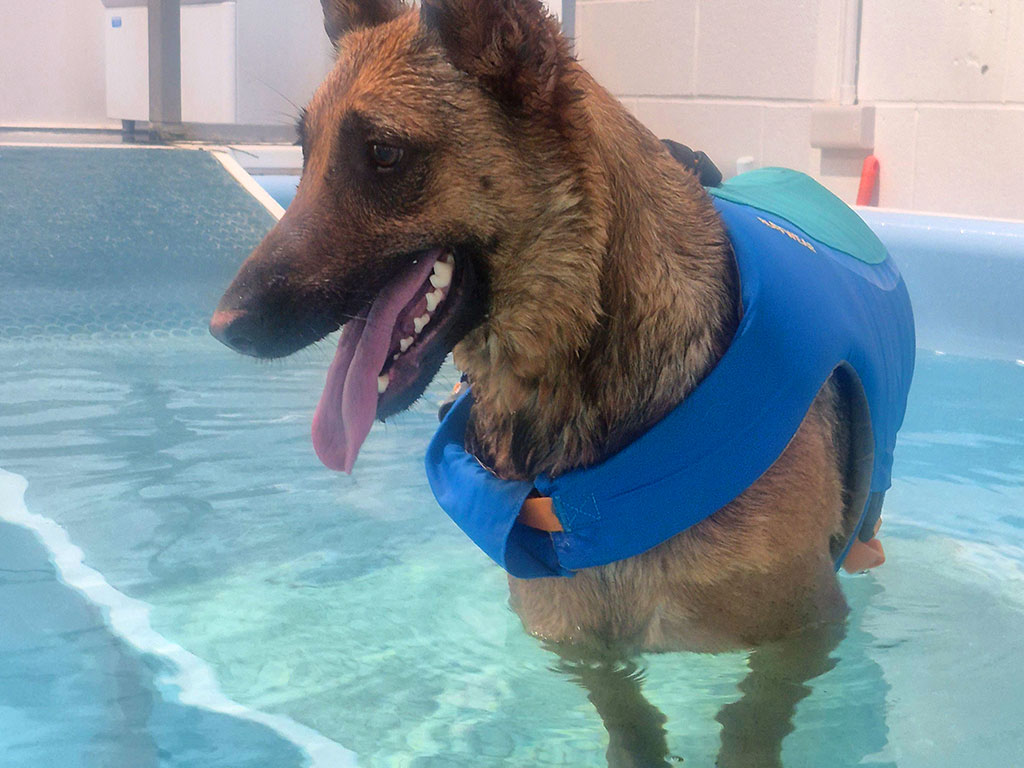
The Road to Recovery Begins
Luna began her rehabilitation at the Wickham Hydrotherapy Centre in October 2023. At first, she tried the underwater treadmill, but as a young pup, she found it overwhelming. Recognising her discomfort, the team transitioned her to pool hydrotherapy, where she flourished.
Each week, Luna grew more confident. Her sessions included a variety of exercises:
- Singles, doubles, and figure-of-eight swims
- Clockwise and anti-clockwise turning practice to strengthen her weaker right side
- Ramp weight-bearing work and rest intervals with massage
Despite early hesitation and a few cheeky panicked moments on the ramp, Luna soon began to bulldoze her way into sessions, tail wagging and eyes on the prize (usually a toy!).
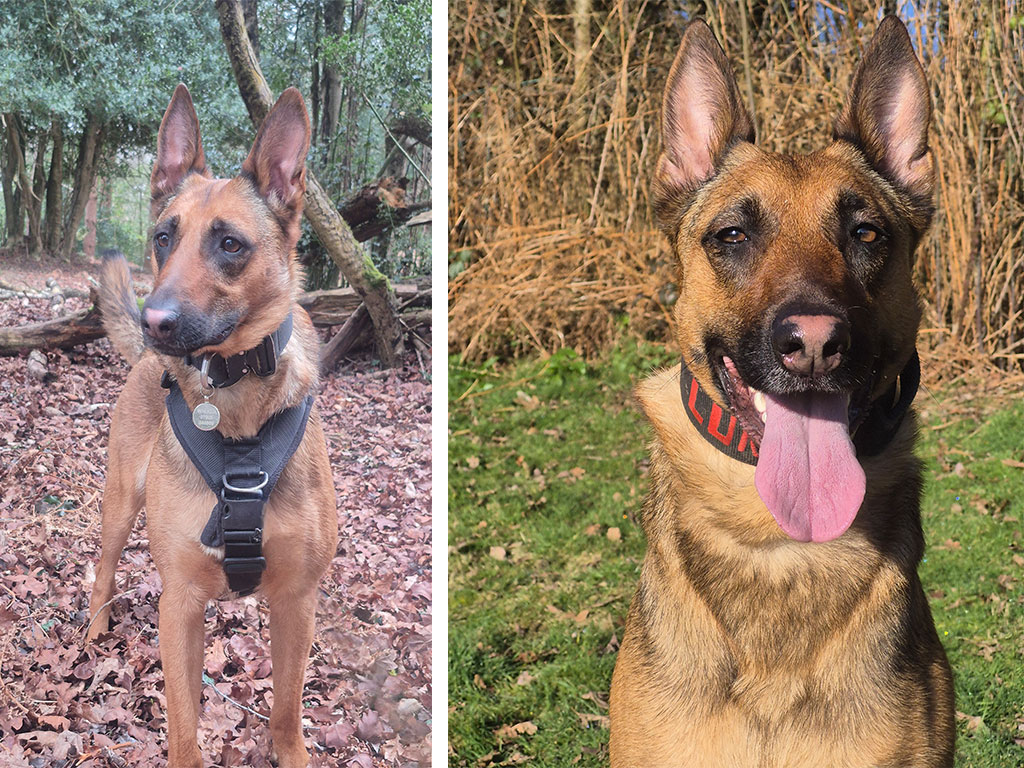
Celebrating Progress
By July 2024, Luna’s specialist confirmed the best news: her recovery had been so successful that a hip replacement was no longer necessary. Her muscle tone, joint stability, and mobility had all dramatically improved—and much of that was thanks to her consistent hydrotherapy.
Even after a brief regression in late 2024 following a separate minor injury and spay recovery, Luna bounced back with determination. Her cheeky Malinois energy, paired with a supportive and knowledgeable rehab team, ensured every challenge was met with a solution.
Luna has even revisited the treadmill recently—this time with a gentle plan in place—and managed brilliantly. Her sessions now offer flexibility to switch between pool and treadmill based on her condition and confidence.
Luna’s story captures the essence of everything hydrotherapy can offer:
- Pain-free, active recovery after orthopaedic surgery
- Confidence building in nervous dogs
- Individualised care tailored to a dog’s emotional and physical needs
- A long-term management plan that evolves as the dog does
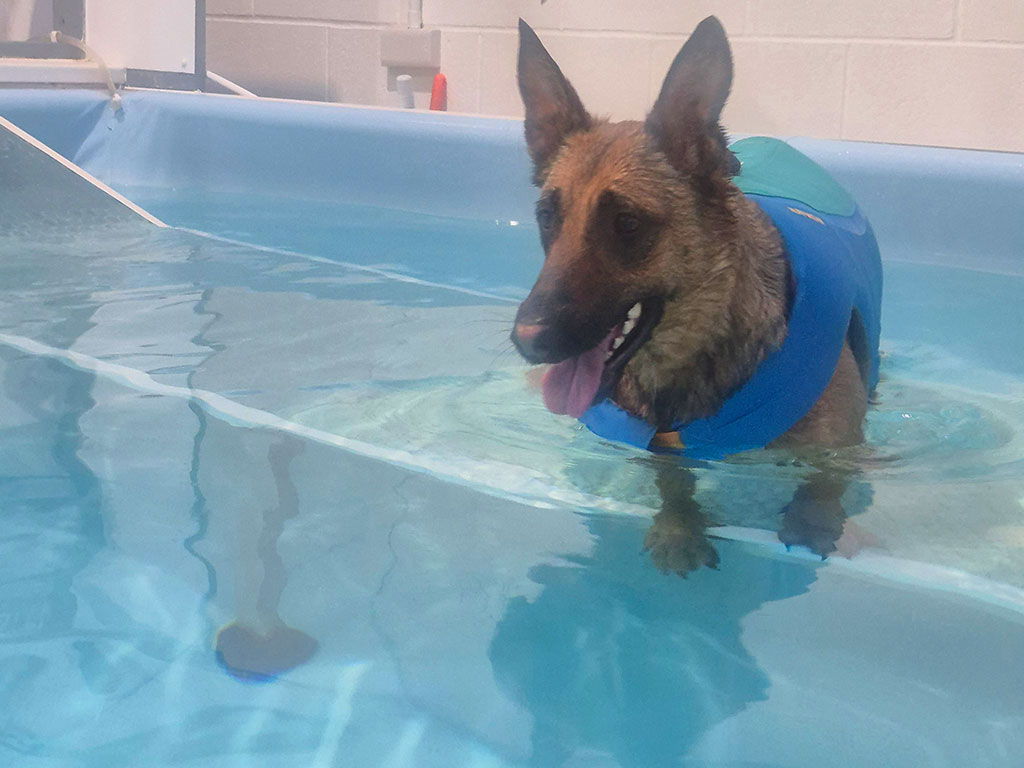
She now shares her journey through her Instagram account, @maligator_lunac, inspiring other owners and professionals to explore the benefits of canine hydrotherapy.
“Hydrotherapy has become a highlight of Luna’s week. We never imagined she would recover this well—and now, we want other dog owners to know what’s possible with the right care.”
Whether it’s building strength, overcoming fear, or chasing toys in figure-eights—Luna proves that with determination and support, anything is paw-sible.


